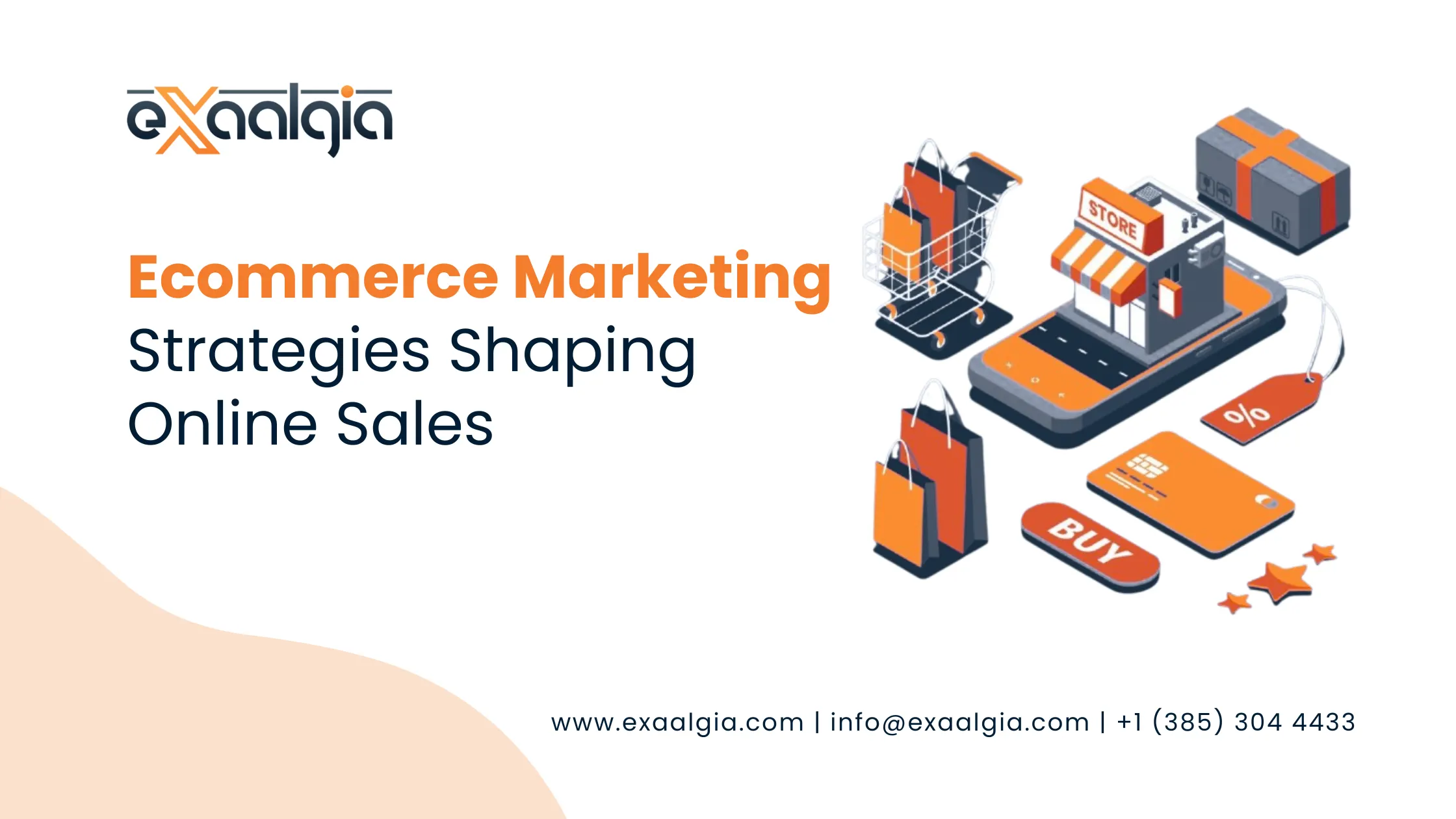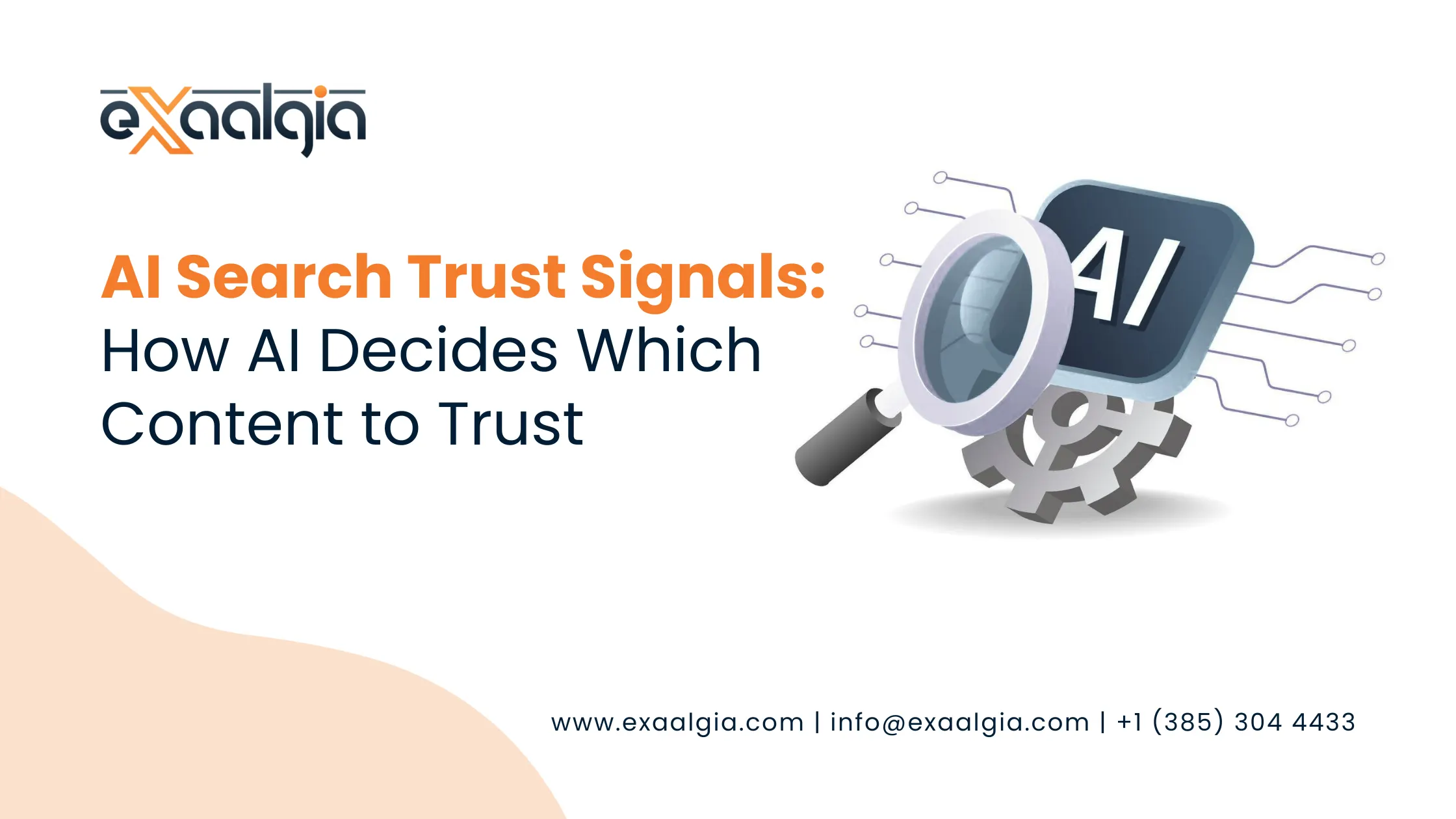From Google Lens to Pinterest Lens and Amazon StyleSnap, visual search is changing the SEO landscape. Businesses that understand this shift and optimize for it will have a major advantage in the coming years.
In this guide, we will explain what visual search is, how it works, why it’s crucial for SEO, and practical steps to optimize your website for visual discovery.
What Is Visual Search?
Visual search is a technology that enables users to search online by using images instead of text. You take a photo or upload a picture, and the search engine analyzes it to deliver relevant results.
For instance, if you notice a pair of sneakers that you desire but don’t recognize the brand, you can snap a picture, upload it to Google Lens, and find where to purchase them instantly. Pinterest Lens enables you to find ideas and products visually, and Amazon StyleSnap enables you to upload photo outfits for shopping similar styles.
In contrast to conventional image search, where you input a word and look through the results, visual search turns the process around—it begins with the photo and employs AI to decipher its contents.
How Visual Search Works
Visual search depends on powerful computer vision and machine learning algorithms. Here’s how it generally works:
Image Processing: The system processes the uploaded picture, identifying shapes, colors, objects, and patterns.
Feature Extraction: It recognizes distinctive visual cues like logos, product information, and contextual information.
Matching: It matches these features against an indexed image database.
Search Results: The results are shown that are relevant, usually with extra information like the name of the product, price, and link to buy.
Google’s visual search also uses semantic understanding, i.e., it reads the meaning of an image along with the surrounding text, captions, and structured data to enhance precision.
Why Visual Search Is Important for SEO
Visual search is more than a nicety, it’s an increasingly important way people are engaging with search engines.
Rising User Adoption: The visual search tools handle billions of searches each month. A significant percentage of Millennials and Gen Z users favour image searches over text.
High Conversion Rates: Research indicates that visual search results in higher engagement and conversion rates than regular search. This is due to users being able to locate exactly what they need more quickly, minimizing friction in the buying process.
Mobile Dominance: Most visual searches occur on smartphones, which makes it a primary mobile SEO and e-commerce optimization driver.
Competitive Advantage: Those that embrace visual search first will be listed higher in AI-powered search results, scooping up valuable traffic before others catch up.
Popular Visual Search Tools
A number of platforms have led the way with visual search technology:
Google Lens: Recognizes objects, translates text, and searches for products visually.
Pinterest Lens: Assists users in finding ideas, recipes, and products similar to pictures they post.
Amazon StyleSnap: Enables shoppers to upload photos of an outfit and discover similar items on Amazon.
Bing Visual Search: Lets users highlight specific areas of an image to search for similar items.
These tools demonstrate the growing integration of visual search into everyday online activities.
The Future of Visual Search
Visual search is expected to become a standard search method by 2025. Here’s what’s coming:
AI-Enhanced Context: Algorithms are becoming smarter, understanding context, intent, and user preferences to deliver more accurate results.
Augmented Reality (AR): AR integration will enable users to virtually try on items or visualize how furniture would look in the home before buying.
Voice + Visual Search: A combination of voice and image search will make search engine interactions even more intuitive.
Local Discovery: Visual search will be a key feature in discovering local businesses by scanning storefronts, menus, or landmarks.
Companies that adapt to these trends will be rewarded with long-term SEO and increased customer interaction.
How to Optimize for Visual Search SEO
To get your website and content found via visual search, incorporate these tested strategies:
1. Utilize High-Quality Images
Clear images with rich details and multiple views enhance AI identification and search rankings. Lifestyle images of products in actual situations tend to rank higher than simple backgrounds.
2. Include Descriptive Filenames and Alt Text
Search engines depend on filenames and alt text to determine images. Name your files with descriptive, keyword-rich terms (e.g., leather-handbag-red.jpg) and use alt text such as “Women’s red leather handbag with gold chain.”
3. Implement Structured Data
Applying product schema markup enables search engines to link images with product information such as price, brand, and stock so that they will be more likely to display in visual results.
4. Create an Image Sitemap
Submitting an image sitemap to Google makes sure all images get crawled and indexed correctly. This is critical for showing up in both image and visual search results.
5. Optimize for Mobile
As most of the visual searches take place on mobile, make sure your website and images are fast-loading and responsive. Utilize compressed formats like WebP without compromising on quality.
6. Include AR and Interactive Features
Incorporating elements such as 360-degree views or virtual try-ons can boost user interaction and increase the likelihood of ranking in sophisticated visual search results.
7. Contextual Relevance
Position images next to the relevant, keyworded content. Search engines evaluate the surrounding text to interpret an image more accurately. This enhances overall visibility and aids in backlink audits for improved SEO visibility.
Impact of Visual Search on Businesses
Visual search is revolutionizing online discovery and e-commerce. Companies adopting these tactics see:
- More product views and organic traffic.
- Improved conversion rates through accurate product matches.
- Fewer returns as a result of improved pre-purchase visualization.
- Improved customer satisfaction and brand interaction.
Optimizing your visual search can greatly enhance your digital marketing performance. Whatever you sell, be it fashion, furniture, or a neighbourhood restaurant, this is your chance to improve user experience and stay ahead of the competition.
Visual Search Is Here to Stay
Visual search SEO is not a nicety anymore, it’s necessary to remain competitive in 2025 and beyond. With the knowledge of how visual search works, staying on top of future trends, and deploying the proper optimization strategies, you can get your website more found and increase conversions.
Companies that get on board now will not just rank higher but also provide better user experiences that align with today’s search habits.
FAQs
1. What is visual search in SEO?
It’s the optimization of images and site content to show up in AI-powered image-based search results such as those provided by Google Lens.
2. How is visual search different from image search?
Image search begins with text, whereas visual search begins with an image and employs AI to locate matches.
3. Why is visual search significant for e-commerce?
It simplifies product discovery, drives more conversions, and limits returns by enabling users to verify items visually.
4. Which tools are trendy for visual search?
Google Lens, Pinterest Lens, Amazon StyleSnap, and Bing Visual Search are market leaders.
5. How do I optimize for visual search?
Optimize with good imagery, include descriptive filenames and alt text, use structured data, submit an image sitemap, optimize for mobile, and leverage interactive features.







